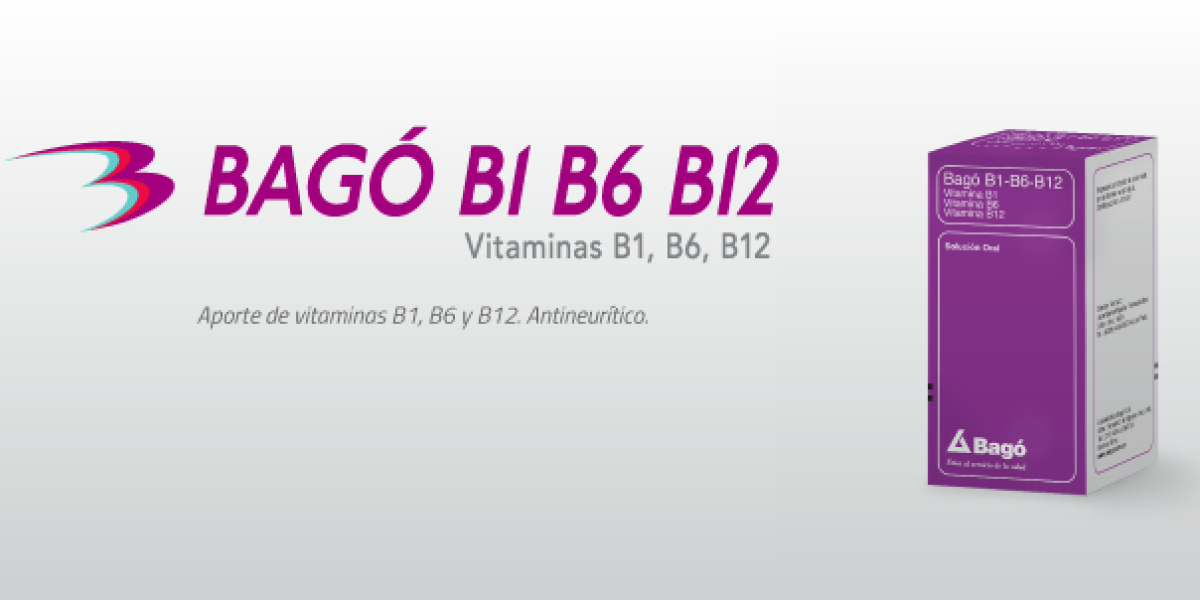Goods and Services Tax (GST) has revolutionized the taxation system in India by replacing multiple indirect taxes with a single unified tax. For businesses, obtaining GST registration is a crucial step to operate legally, claim input tax credits, and streamline tax compliance.
This guide provides a step-by-step process for GST registration, the documents required, and explains the Composition Scheme, helping small and medium businesses navigate taxation with ease.
1. What is GST Registration?
GST registration is the process by which a business becomes a taxable entity under the Goods and Services Tax Act, 2017. Once registered, businesses are allotted a GSTIN (GST Identification Number), which is mandatory for:
Charging GST on goods and services
Filing GST returns
Claiming input tax credit (ITC)
Participating in interstate trade
Without GST registration, businesses may face legal penalties and cannot issue GST-compliant invoices.
2. Who Should Register for GST?
Businesses need GST registration if they:
Have an annual turnover exceeding ₹40 lakh (for goods) or ₹20 lakh (for services).
Engage in interstate supply of goods or services.
Operate online businesses or e-commerce platforms.
Make taxable supply of goods under reverse charge mechanism.
Are involved in casual taxable supplies or non-resident taxable supplies.
Even businesses below the turnover threshold can voluntarily register to avail input tax credits and enhance credibility.
3. Documents Required for GST Registration
The GST registration process requires certain documents to verify the business and its operations. Key documents include:
PAN Card of the Business
Proof of Business Address (electricity bill, rent agreement, or property ownership documents)
Identity and Address Proof of Promoter/Owner (Aadhaar, Passport, Voter ID)
Bank Account Details (cancelled cheque or bank statement)
Digital Signature Certificate (DSC) for authorized signatories
Business Constitution Proof (Partnership deed, LLP agreement, or incorporation certificate)
Photograph of Owner/Promoter
Accurate documentation ensures smooth verification and faster registration.
4. Step-by-Step GST Registration Process
Step 1: Visit the GST Portal and select New Registration.
Step 2: Fill Basic Details
Enter your PAN, state, and business name. The system verifies PAN and GST eligibility.
Step 3: Provide Business and Owner Details
Enter business constitution, contact information, and primary place of business.
Step 4: Upload Documents
Upload all required documents, including PAN, address proof, and bank account details.
Step 5: Verification
The GST portal verifies details via OTP or other authentication methods.
Step 6: GSTIN Issuance
Once approved, a GST Identification Number (GSTIN) is issued, and you can start charging GST and filing returns.
5. Understanding the Composition Scheme
The GST Composition Scheme is a simplified tax scheme designed for small taxpayers with lower annual turnover. It allows businesses to pay tax at a fixed rate on turnover, instead of maintaining detailed accounts and filing multiple returns.
Eligibility:
Annual turnover below ₹1.5 crore (₹75 lakh in special category states)
Engaged in supply of goods (not services, though some service providers are eligible)
Not a casual taxpayer or engaged in interstate supply
Benefits:
Simplified Tax Filing: Quarterly returns instead of monthly returns
Lower Compliance Burden: No need to maintain detailed GST invoices for ITC claims
Fixed Tax Rate: Pay tax at a fixed percentage of turnover, making financial planning easier
Limitations:
Cannot claim input tax credit
Cannot supply goods/services interstate
Only for registered businesses below the turnover threshold
6. Advantages of GST Registration
Legal Recognition: Establishes your business as a compliant and credible entity.
Input Tax Credit: Claim taxes paid on purchases against GST payable on sales.
Ease of Business: Simplifies tax compliance across multiple states.
Eligibility for Tenders: Registered businesses can participate in government and private tenders.
Digital Transactions: Facilitates smooth electronic filing and record-keeping.
7. Common Mistakes to Avoid
Providing incorrect PAN or business details
Uploading poor-quality or mismatched documents
Ignoring annual turnover threshold rules https://www.corpzo.com/how-to-get-a-gst-certificate
Applying for the Composition Scheme without eligibility verification
Proper care ensures hassle-free registration and smooth business operations.
8. Conclusion
GST registration is no longer a cumbersome process in India. With a clear understanding of requirements, required documents, and eligibility for the Composition Scheme, businesses can register quickly and operate legally.
For small and medium businesses, GST compliance ensures transparency, credibility, and access to government schemes, while simplifying taxation and reducing administrative burdens.
Whether you are a startup, retailer, or service provider, obtaining GST registration and choosing the appropriate Composition Scheme can help you save time, reduce costs, and focus on growing your business efficiently.
Brand Name:- CorpZo
Address:- G 10, Sector 63, Noida, India, 201301,
Email:- reach@corpzo.com,
Phone:- +919999139391,
Web Address:- https://www.corpzo.com
https://twitter.com/corpzoindia
https://www.facebook.com/corpzo/
https://www.instagram.com/corpzo/
https://www.linkedin.com/company/corpzo








